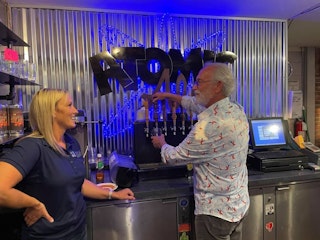Where Families Built a Life for the Secret War Effort
Alphabet Homes
At the height of World War II, the U.S. government urgently needed to house the growing workforce supporting the Hanford Site. What began as a network of temporary camps soon gave way to something far more ambitious: a fully planned community built from the ground up.
The Neighborhood Built for a Mission
Constructed during World War II, the Alphabet Homes were part of the U.S. government’s rapid effort to develop a livable, functional city for Hanford Site workers and their families. Each home design was designated with a letter — "A House," "B House," and so on — with the layout and size matched to the resident’s rank, job, and family size.
These modest but efficient homes were built with speed and utility in mind, arranged in neat neighborhoods across Richland’s carefully planned grid. Though originally seen as temporary housing for wartime needs, many of the homes remain occupied today and are treasured by residents as a symbol of Richland’s historic identity.
The Alphabet Homes represent one of the most complete surviving examples of federal wartime community planning in the country. Walking these streets offers a direct connection to the lived experiences of the people who supported one of the most secretive and impactful scientific missions in history.


































